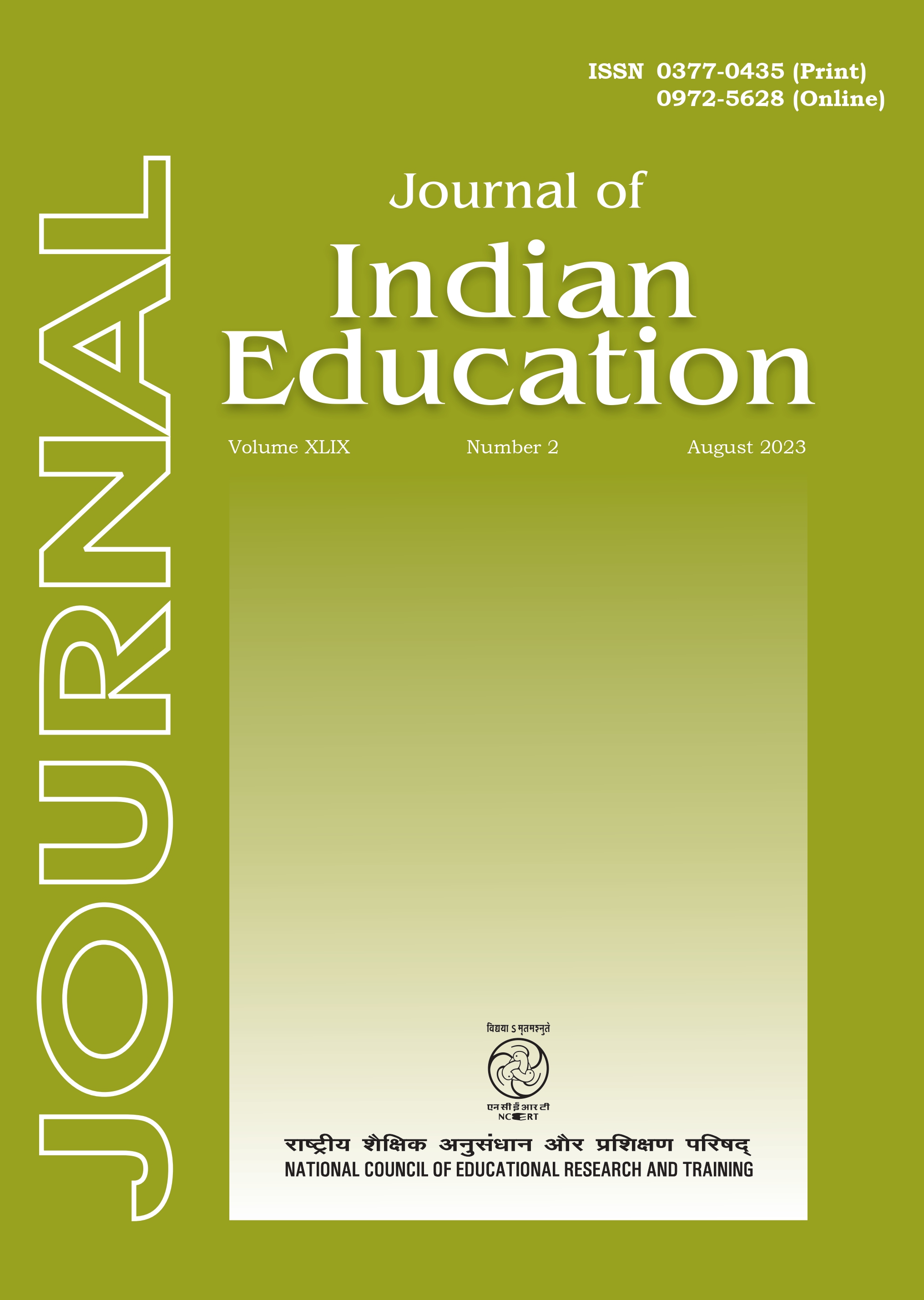Implementation of Section 12(1)(c) of the Right to Education Act, 2009 in Private Unaided Schools in India : A Reality Check
Published 2023-08-31
Keywords
- equalising educational opportunities,
- legally binding,
- ree and compulsory elementary education
How to Cite
Abstract
The Right of Children to Free and Compulsory Education Act, 2009 became operative in India since 1st April 2010. The Act, for the first time, makes it legally binding on the nation to ensure free and compulsory elementary education for all children in the age group of 6–14 years. It spells out an array of provisions related to the responsibilities of the government, and other stakeholders, for protection of the right of elementary education of children. It contains a landmark provision — Section 12 (1) (c) — mandating private unaided schools to enroll at least 25 per cent of children in Classes I-VIII from the less privileged groups of society. This Section is primarily incorporated with the objective of equalising educational opportunities among all. The present study attempts to examine the implementation of this Section across India, explores the underlying factors that impede its implementation, and suggests ways to facilitate policy-making ahead.

